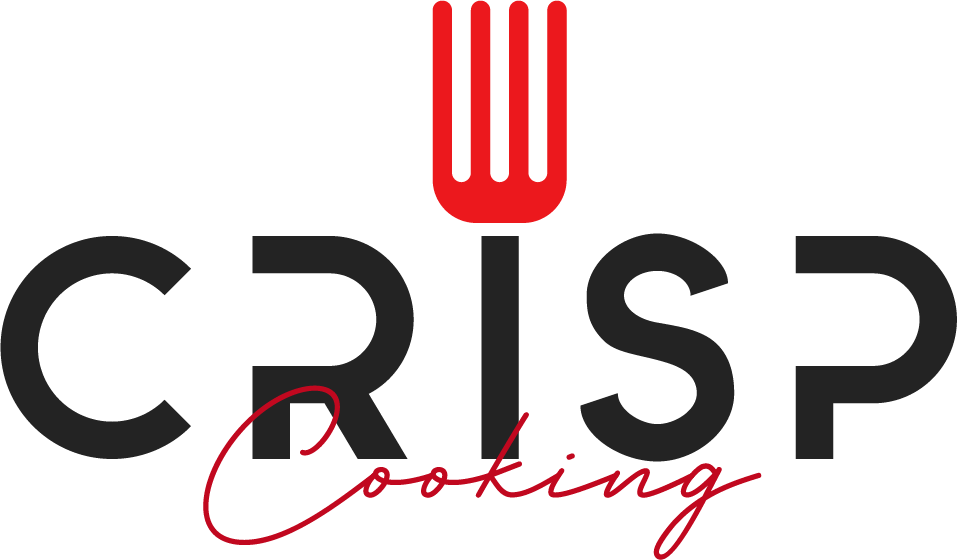A bird beak paring knife is a variation of the traditional paring knife that features a curved blade instead of a straight one. The curve is generally gentle, and the blade tapers to a sharp point, which makes it ideal for certain tasks in the kitchen.

The curved shape of the blade allows for better control and helps you follow the natural contours of fruits and vegetables more easily. It is particularly useful for tasks such as peeling, shaping, and trimming rounded or irregularly shaped ingredients. The curve lets the knife rock back and forth on the cutting surface smoothly, reducing the need for constant lifting and readjustment.
Curved paring knives are often used for precision work, especially when intricate cutting and detailed garnishing are required. They are excellent for creating decorative cuts and can be handy when working with smaller items, such as shallots, garlic, or even removing citrus peels in a single, smooth motion.
Like other paring knives, the blade is generally short (typically 2.5 to 4 inches long) and is ideal for tasks where precision and control are essential. As with any kitchen tool, it’s essential to keep the knife sharp and use it safely to achieve the best results.
Julienne Peeler
A julienne peeler is a kitchen tool designed to create thin, matchstick-like strips of fruits and vegetables. It is a handheld device with a handle on one end and a row of sharp, closely spaced blades on the other. These blades are designed to cut thin, uniform strips when drawn along the surface of the produce.

The julienne peeler is commonly used for various culinary purposes, including:
- Garnishing: Julienne-cut vegetables or fruits can be used to add attractive garnishes to dishes, enhancing their presentation and visual appeal.
- Salads: Julienne peeling is an efficient way to prepare ingredients for salads, giving them a more delicate and elegant appearance.
- Stir-fries and Sauteed Dishes: Julienne-cut vegetables can be quickly cooked in stir-fries or sautéed dishes due to their small and uniform size.
- Wraps and Rolls: When making wraps or rolls, julienne-cut vegetables provide a neat and compact filling.
- Vegetable Noodles: Some people use julienne peelers to create vegetable noodles, also known as “zoodles,” as a low-carb alternative to traditional pasta.
To use a julienne peeler, you hold the handle firmly and run the blades along the surface of the vegetable or fruit. The result is a pile of thin, uniform strips that resemble matchsticks. The process is relatively easy and quick, making it a popular tool for both professional chefs and home cooks. Additionally, julienne peelers are relatively affordable and take up minimal space in the kitchen, unlike an air fryer or juicer, making them a convenient tool for those who enjoy working with fresh produce.

